In education, where nurturing well-rounded individuals is paramount, Social and Emotional Learning (SEL) takes center stage. This approach acknowledges the undeniable connection between academic achievement and emotional well-being. As an educator and an expert in the field, it’s imperative to comprehend the significance of SEL and its profound impact on students’ lives. This comprehensive exploration aims to unravel the essence of SEL, elucidate its importance, delve into its components, unveil the benefits of its implementation, provide strategies for effective integration, offer practical activities and resources, discuss advanced concepts, navigate associated standards, and address common queries.
What is Social and Emotional Learning?
Social and Emotional Learning, often abbreviated as SEL, can be defined as an educational framework that fosters the development of crucial life skills beyond academics. It encompasses cultivating emotional intelligence, self-awareness, interpersonal communication, responsible decision-making, and conflict resolution. By equipping students with these competencies, SEL prepares them to thrive in various facets of life, from personal relationships to professional endeavors.
At its core, SEL aims to nurture holistic growth by recognizing that cognitive and emotional dimensions are intertwined. This integration acknowledges that a student’s emotional state can significantly impact their cognitive abilities and overall well-being. SEL provides a structured approach to developing emotional literacy, self-regulation, empathy, and social skills, collectively empowering students to navigate complex emotions and interpersonal dynamics with confidence and finesse.
Why Social and Emotional Learning is Important?
The importance of Social and Emotional Learning transcends traditional academic paradigms. Understanding and managing emotions becomes a fundamental life skill in the contemporary world, where individuals interact in diverse environments and face multifaceted challenges. SEL acknowledges the uniqueness of each student’s emotional landscape and offers tools to constructively comprehend and harness those emotions.
Research has demonstrated that students with SEL experiences exhibit improved academic performance, reduced behavioral problems, and enhanced social interactions. Moreover, these skills lay the foundation for lifelong well-being, enabling individuals to cope with stress, communicate effectively, and collaborate harmoniously.
Components of SEL: Understanding the Building Blocks
The building blocks of Social and Emotional Learning competencies encompass a multidimensional framework that equips students with various skills crucial for their personal and interpersonal development. These competencies are often categorized into five key domains:
- Self-Awareness: This involves recognizing one’s emotions, strengths, limitations, and values. Self-aware individuals are attuned to their emotional triggers and can navigate situations with a deeper understanding of their emotional landscape.
- Self-Regulation: Self-regulation entails managing and controlling emotions in various situations. It empowers students to handle stress, frustration, and impulses, fostering a conducive learning environment.
- Social Awareness: Developing social awareness enables students to empathize with others, understand diverse perspectives, and navigate cultural differences. This competency promotes inclusivity and harmonious interactions.
- Relationship Skills: Effective communication, active listening, and conflict resolution are integral to relationship skills. Students equipped with these skills can build and sustain healthy relationships.
- Responsible Decision-Making: This competency focuses on teaching students to make informed and ethical choices. It involves considering the consequences of actions and understanding the impact of decisions on oneself and others.
By nurturing these competencies, SEL empowers students to navigate the intricate landscape of emotions, relationships, and decision-making with resilience and empathy.
Benefits of Implementing Social and Emotional Learning
Advantages for Students and Educators
The benefits of Social and Emotional Learning extend to both students and educators. SEL fosters a positive school climate for students, enhancing their engagement, motivation, and overall well-being. It equips them with skills to manage stress, build healthier relationships, and approach challenges with a growth mindset.
Educators, on the other hand, experience improved classroom management and enhanced teacher-student relationships through SEL implementation. This approach creates an environment where students feel safe expressing their feelings, leading to a more open and productive learning atmosphere.
Positive Impact on Academic Success
Integrating social and emotional learning into schools has positively impacted academic success. Students with strong emotional regulation and interpersonal skills are better equipped to concentrate on their studies and engage in collaborative learning. Additionally, SEL helps mitigate behavioral issues that can otherwise impede the learning process.
Moreover, SEL promotes metacognition—the ability to reflect on and understand one’s thought processes. This metacognitive awareness enhances students’ study habits, critical thinking, and problem-solving abilities, all contributing to improved academic performance.
Promoting Mental Health through SEL
The link between social and emotional learning and mental health is profound. In an age where mental health challenges among students are increasingly recognized, SEL provides a proactive approach to address these concerns. SEL equips students with tools to manage stress, anxiety, and other emotional difficulties by fostering emotional regulation and resilience.
SEL also normalizes conversations around mental health, reducing stigma and creating a safe space for students to seek support. This, in turn, contributes to a school culture that prioritizes holistic well-being.
Strategies for Effective Social and Emotional Learning
Incorporating SEL in the Classroom
Social and emotional learning in the classroom involves creating an environment where emotional growth is integrated seamlessly with academic learning. This can be achieved through various strategies, such as daily check-ins, mindfulness exercises, and reflection activities. For instance, starting the day with a brief discussion about students’ feelings sets a positive tone and encourages emotional expression.
Incorporating SEL into lessons across subjects also reinforces its integration into the curriculum. For example, literature discussions can delve into characters’ emotions and motivations, fostering empathy and emotional analysis.
Implementing SEL Programs and Curriculum
Developing a comprehensive social and emotional learning program requires a structured curriculum that aligns with students’ developmental stages. Such a program can include age-appropriate activities, discussions, and projects that target specific competencies.
Collaborative Approaches: CASEL and Beyond
The Collaborative for Academic, Social, and Emotional Learning (CASEL) is pivotal in advancing SEL in education. This organization provides evidence-based frameworks, resources, and guidelines for educators to implement effective SEL programs. Collaborative efforts like CASEL ensure that SEL is integrated systematically into educational institutions, resulting in more comprehensive and impactful outcomes.
Practical Activities and Resources for Social and Emotional Learning
Age-Specific Activities: From Preschool to High School
Adapting social and emotional learning activities to different age groups is essential for optimal impact. For preschoolers, activities can focus on identifying emotions through storytelling and art. Elementary school activities involve collaborative problem-solving and group discussions, while high school activities can include projects that promote self-reflection and goal-setting.
Classroom Worksheets and Resources
Social and emotional learning worksheets and resources provide practical tools for educators to facilitate discussions and activities. Worksheets can cover emotional vocabulary, conflict resolution strategies, and self-assessment exercises. These resources offer a structured approach to incorporating SEL into the curriculum.
Teaching Strategies and Methods
Effective teaching of SEL requires a nuanced approach. Teaching social and emotional learning involves fostering a safe and inclusive classroom environment, modeling emotional intelligence, and utilizing active learning methods. Role-playing, case studies, and real-world scenarios help students apply SEL concepts in practical contexts.
Exploring Advanced Concepts in Social and Emotional Learning
SEL Research and Theory
Delving deeper into the realm of SEL leads us to its theoretical underpinnings and the intersection with neuroscience. The theory of SEL draws from various psychological frameworks, including socio-emotional development and positive psychology. The emerging field of educational neuroscience also sheds light on how brain processes are intertwined with emotional regulation and social cognition.
Mastering SEL: Higher Education and Professional Development
The pursuit of mastery in SEL extends beyond K–12 education. Higher education institutions offer programs that specialize in social and emotional learning. These advanced courses delve into the intricacies of SEL theory, research methodologies, and practical application. Furthermore, educators can engage in ongoing professional development to refine their SEL teaching strategies and stay updated on the latest research.
Real-world Applications and Success Stories
The impact of effective social and emotional learning programs is evident in various real-world success stories. Schools prioritizing SEL witness improved student behavior, increased academic engagement, and a more positive school climate. Beyond academic settings, the business world also recognizes the value of SEL-trained individuals who excel in teamwork, leadership, and interpersonal communication.
Navigating Social and Emotional Learning Standards
State-Specific Standards and Guidelines
Several states have embraced the integration of SEL by formulating social and emotional learning standards tailored to their educational systems. For instance, the Ohio social and emotional learning standards and the Illinois social and emotional learning standards outline specific competencies and learning outcomes that schools aim to achieve. These standards guide curriculum development and assessment strategies.
Evaluating SEL in Schools
Tools to assess social and emotional learning in schools are crucial to ensuring the effectiveness of SEL implementation. Assessment methods include surveys, observations, and student self-assessments. Regular evaluation helps educators track progress, identify areas for improvement, and tailor interventions to meet students’ evolving needs.
Center for Advancing SEL Research and Practice
The Centre for Advancing SEL Research and Practice is a hub for research, resources, and social and emotional learning expertise. This center collaborates with educators, researchers, and policymakers to advance the understanding and implementation of SEL. It provides a platform for sharing best practices, innovative strategies, and research findings.
Frequently Asked Questions about Social and Emotional Learning
Addressing Common Queries
As social and emotional learning gains prominence, common questions arise among educators, parents, and students. Addressing these FAQs involves dispelling misconceptions, elucidating the evidence-based benefits of SEL, and providing guidance on its practical implementation. By addressing concerns, educators can foster a deeper understanding of SEL and its positive impact on individuals and communities.
Summary
Social and Emotional Learning emerges as a transformative force that transcends traditional academic boundaries in education. With its foundation in emotional intelligence, self-awareness, and interpersonal skills, SEL equips students with essential life competencies. These competencies, in turn, pave the way for academic success, emotional well-being, and meaningful interactions in diverse environments.
As educators and advocates of holistic growth, embracing SEL involves integrating its principles into daily classroom activities, curriculum design, and institutional policies. By nurturing emotional intelligence, promoting empathy, and fostering responsible decision-making, educators become architects of positive change, shaping a generation of individuals equipped to navigate the complexities of the modern world with resilience, compassion, and wisdom.
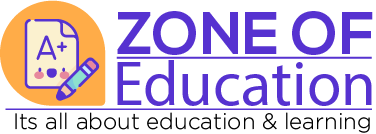
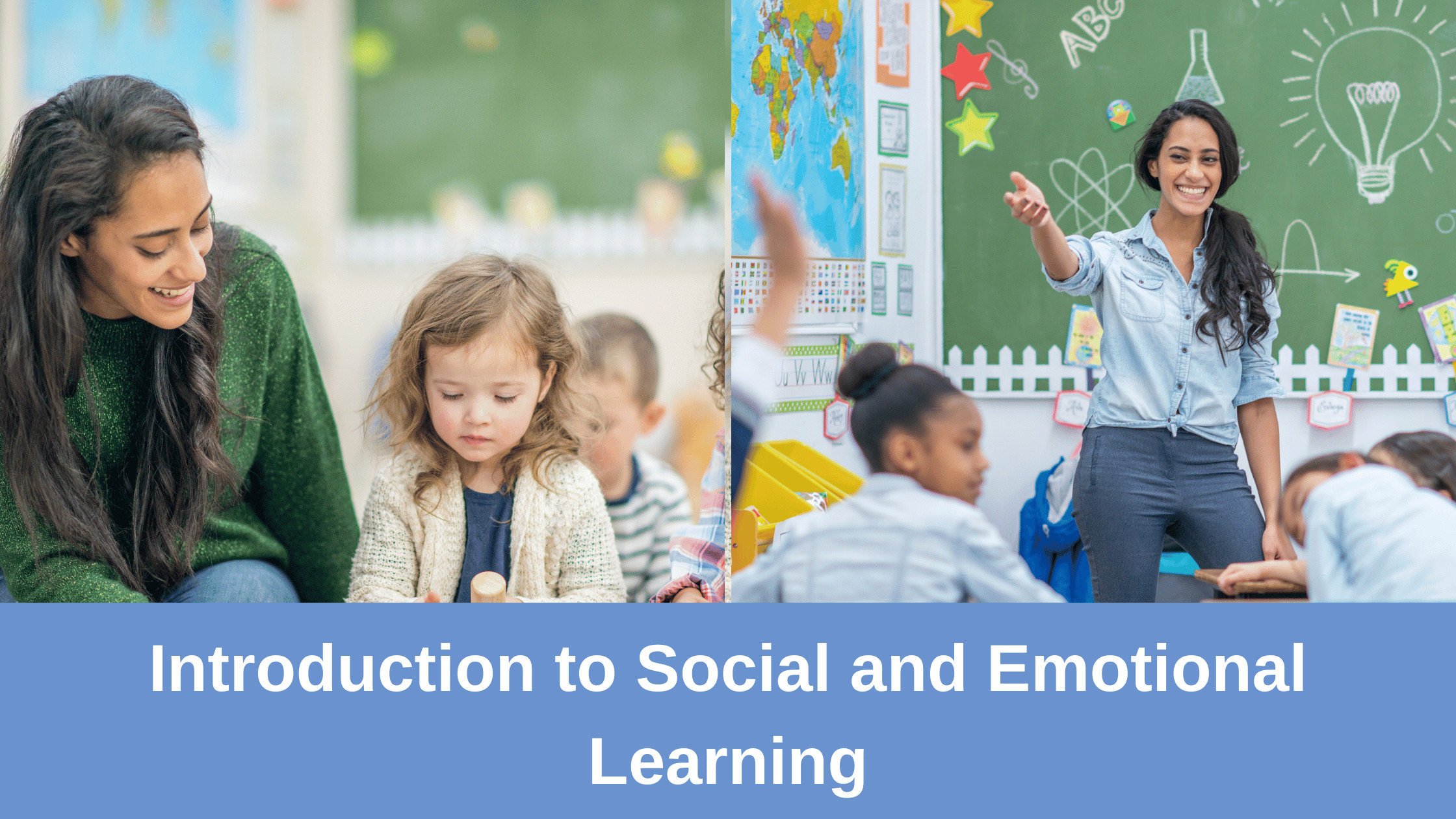
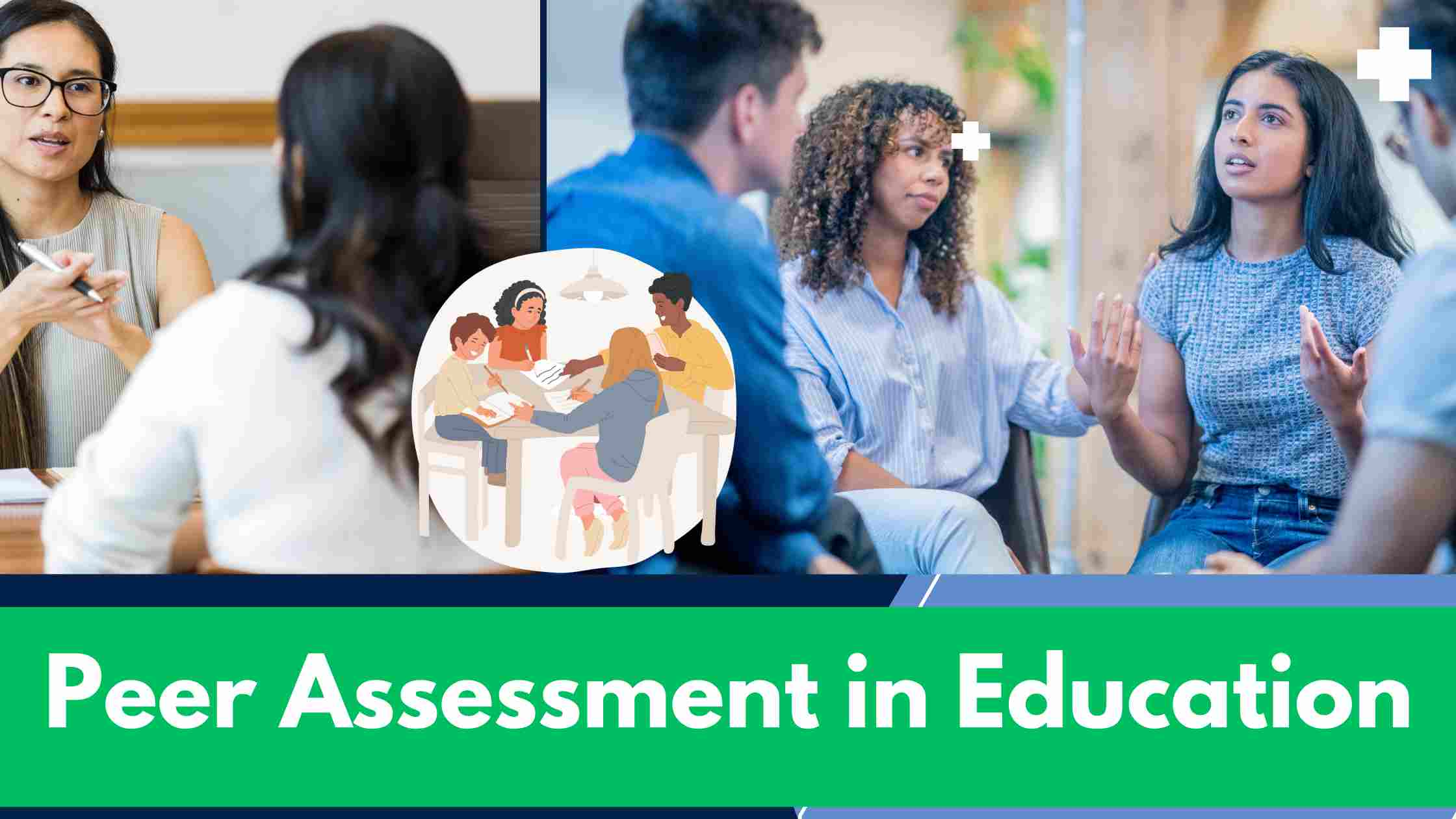


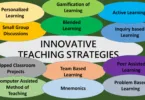

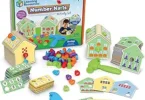
[…] teaching these strategies, educators equip students with the skills to independently manage their emotions and behaviors in various learning […]
[…] emphasizes the development of the whole child, including their social and emotional development. The focus is on hands-on learning and problem-solving, emphasizing student-centered […]
[…] require critical reflection and action. This approach emphasizes the importance of experiential learning and social engagement in personal and social […]
[…] develop the confidence and skills to navigate diverse communication situations by exploring various social contexts and building emotional […]
[…] students in cooperative activities, discussions, projects, or problem-solving tasks. Collaborative Learning fosters social interaction, peer support, and the exchange of ideas, promoting a deeper understanding of the […]
[…] our own viewpoints and experiences but also from the perspectives and experiences of others. This social component of education is a strong source of emotional engagement and connection because it helps us to meaningfully connect with others and build a […]
[…] important consideration is acknowledging the social and emotional needs of students. Some may require extra support or accommodations to address anxiety, attention […]
[…] Social and Communication Skills: Collaborative learning promotes effective communication, teamwork, and respect for diverse […]
[…] also emphasizes the importance of social interaction in learning. The theory suggests that learners can benefit from working collaboratively with their peers, […]
[…] emphasizes cooperation and collaboration in education because it understands that learning frequently involves social interaction. Students should be encouraged by their teachers to collaborate and share knowledge. […]
[…] classroom management facilitates the social and emotional growth of students. A well-managed classroom provides opportunities for students to interact […]
[…] supportive learning environment encompasses emotional and physical safety, inclusivity, and respect. Create a classroom culture that celebrates […]
[…] is another fundamental pragmatist principle in education. Recognizing that learning is typically a social activity, pragmatism in education encourages collaboration and cooperation. Instructors should […]
[…] interactions, and engagement in the classroom. It provides valuable insights into students’ social and emotional development and their ability to apply their knowledge in real-life […]
[…] aims to create an atmosphere where everyone feels valued, heard, and respected, promoting emotional well-being and building a foundation for optimal learning […]
[…] as not dropping out of school. Early childhood programs provide a safe place for kids to grow. They learn to be responsible and independent while developing the emotional and physical skills necessary to […]
[…] hand2mind Sensory Fidget Tubes are a great tool for helping children learn to soothe themselves and manage big emotions. These calming toys are perfect for social-emotional learning activities, providing cues and […]
[…] as developing critical thinking skills and acquiring knowledge, affective goals such as promoting emotional and social development, and behavioral goals such as developing practical […]
[…] believe that just as the child should learn from the natural environment around him, he should also learn from the social environment in which he lives. This means that he should learn about social duties, obligations, […]
[…] also emphasizes the importance of social interaction in learning. The theory suggests that learners can benefit from working collaboratively with their peers, […]
[…] including peer interactions, social norms, and teacher-student relationships. By understanding the social factors that impact learning and motivation, educators can create supportive and inclusive classroom climates that foster […]
[…] is the scientific study of human learning and teaching. It examines the psychological and social factors that influence learning processes in educational settings. (This definition from a leading Psychology organization […]
[…] for academic success and holistic development, nurturing not only the intellect but also the social and emotional well-being of their […]
[…] teaching strategy called social-emotional learning emphasizes the growth of social and emotional abilities like self-awareness, self-control, and empathy. Students gain the ability to control […]